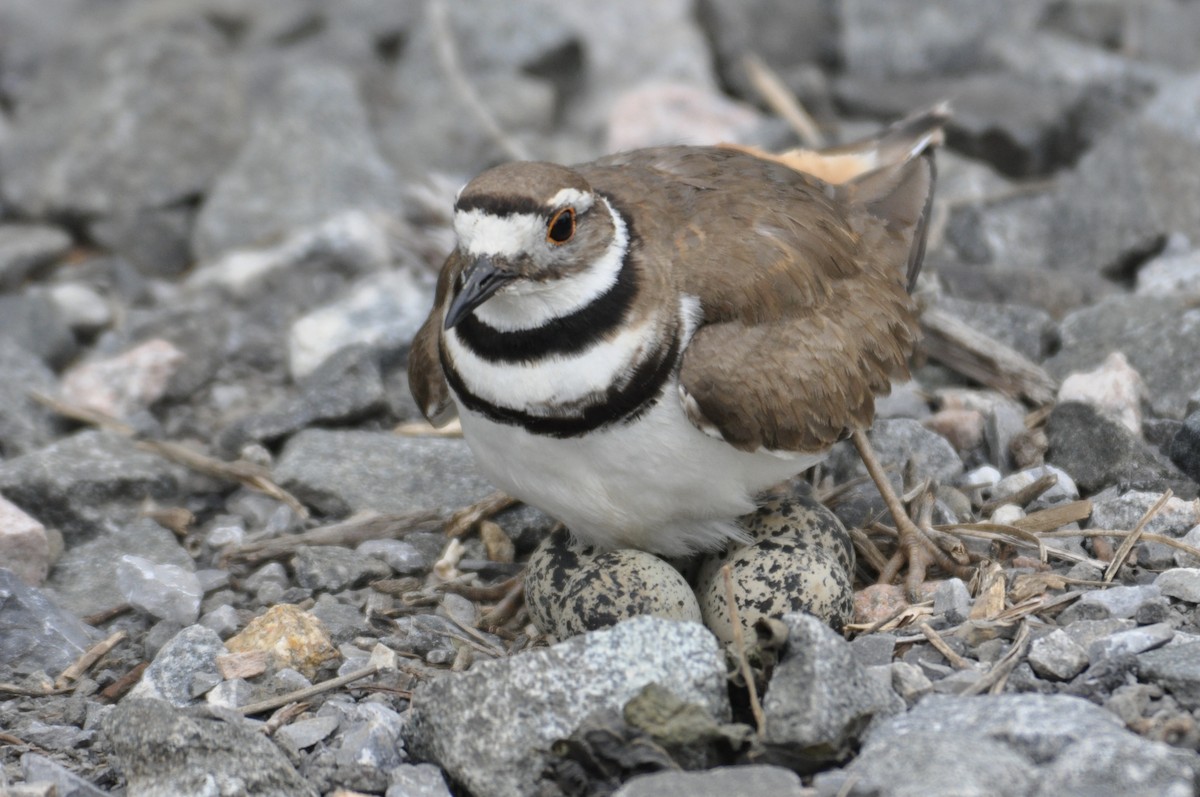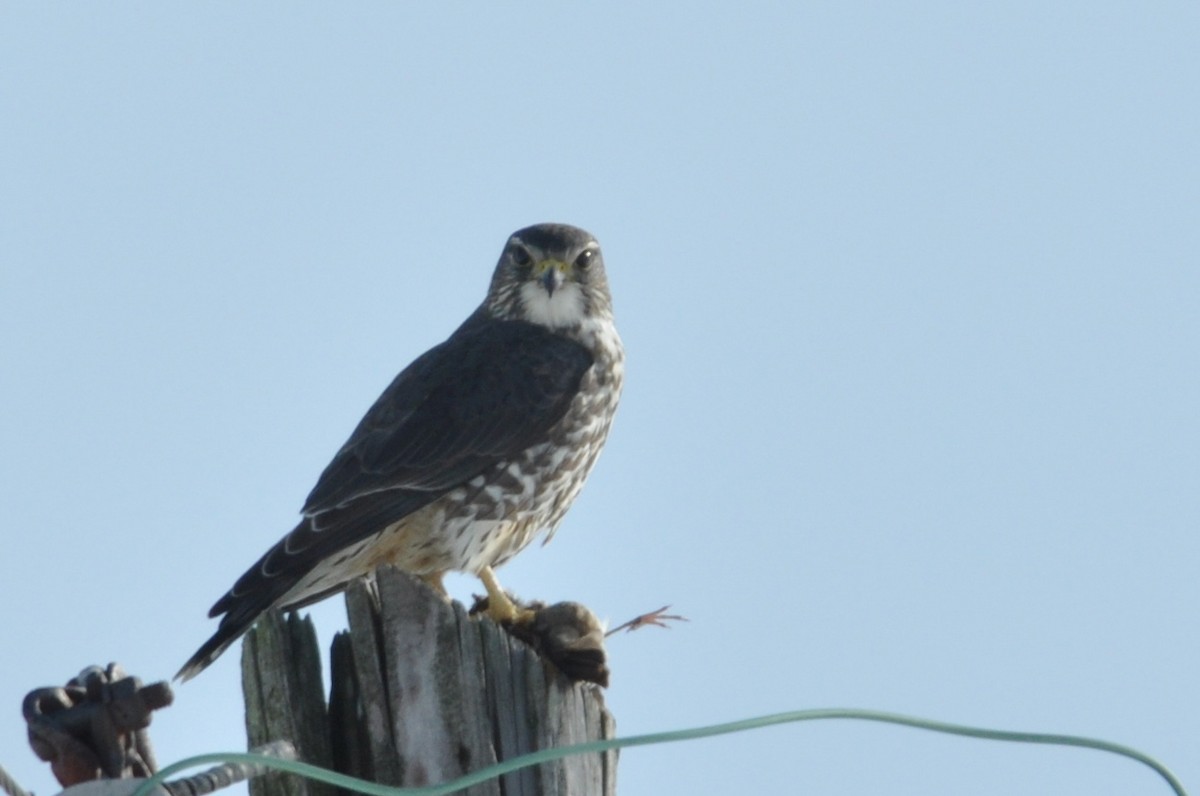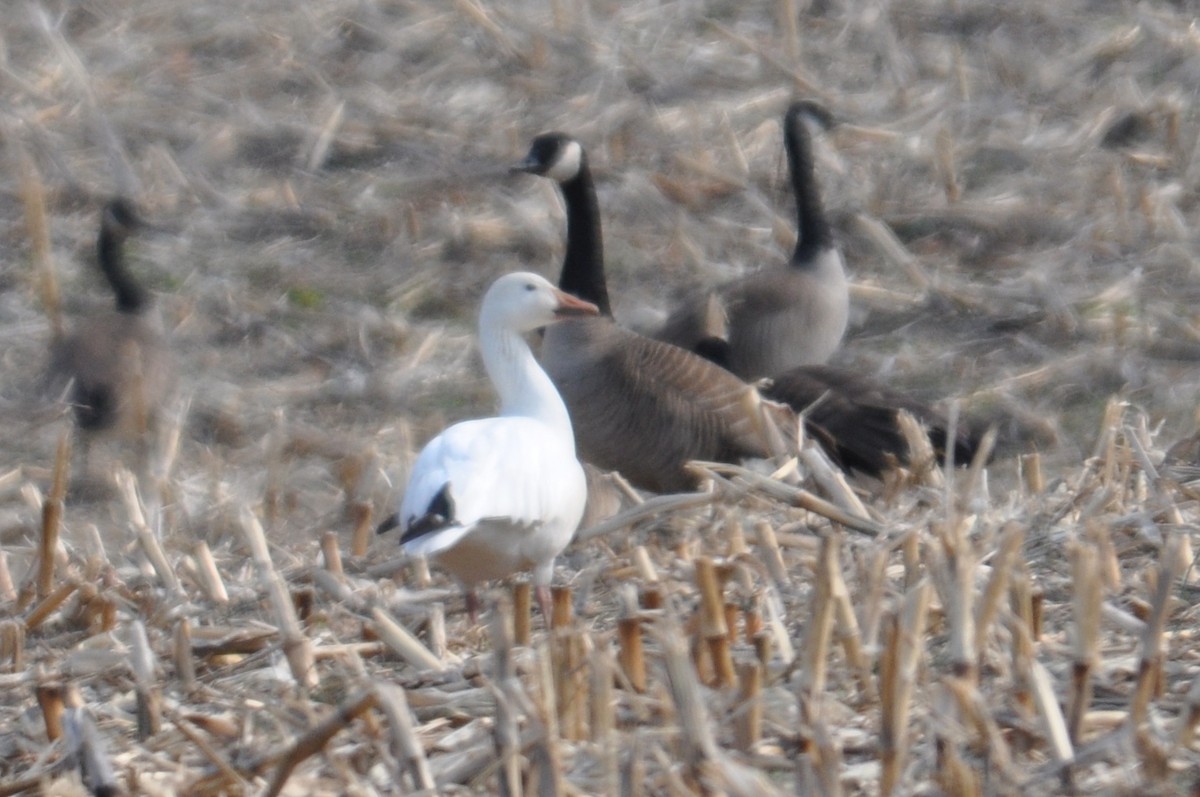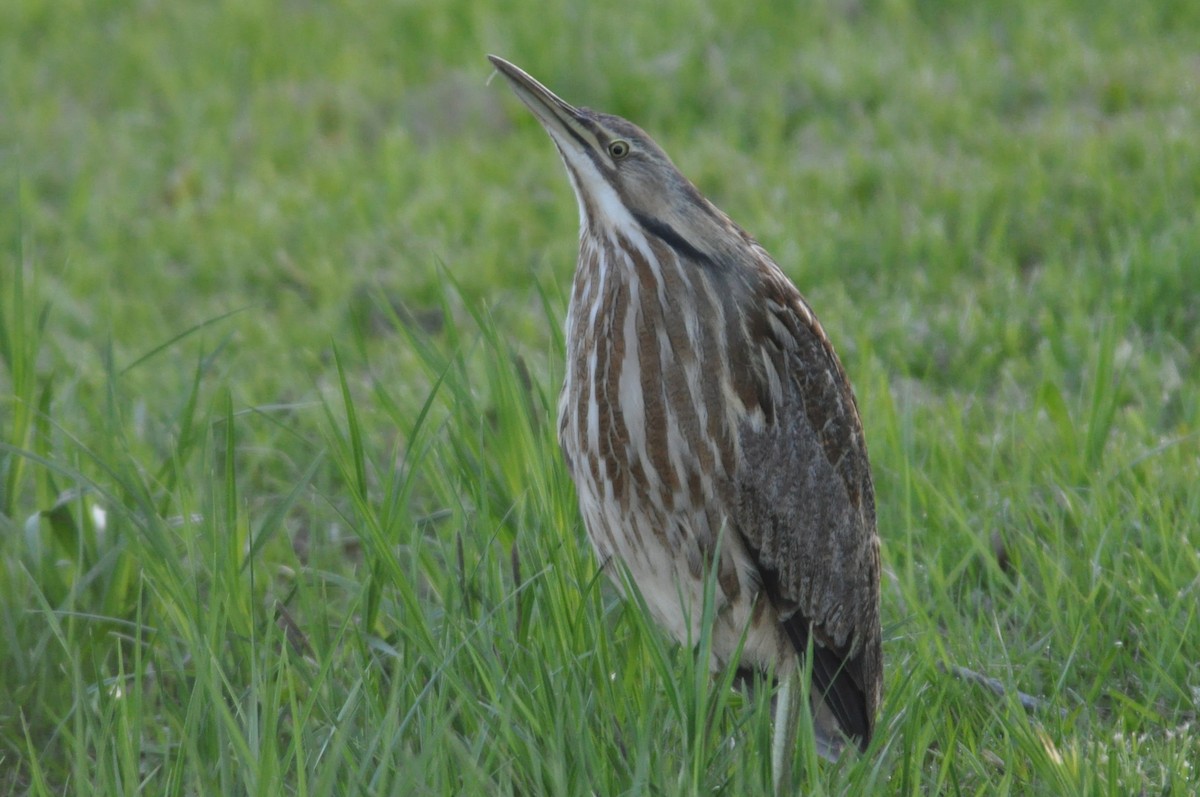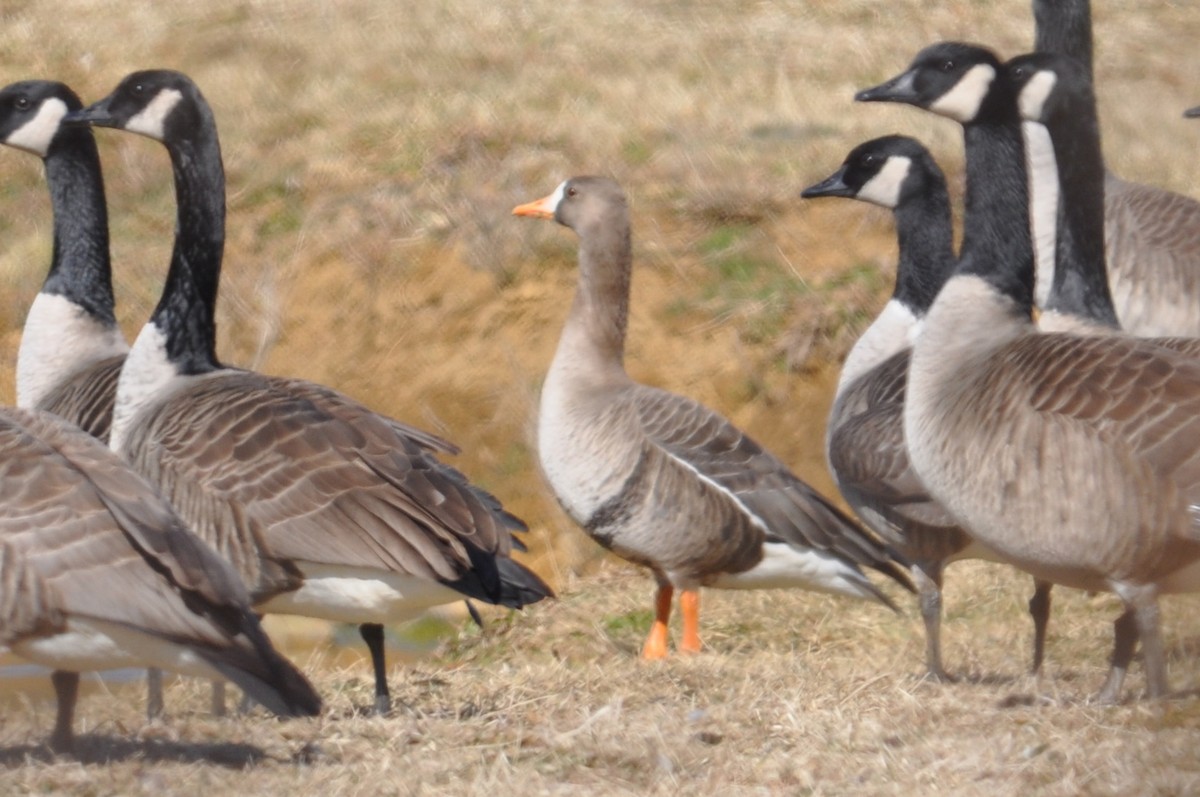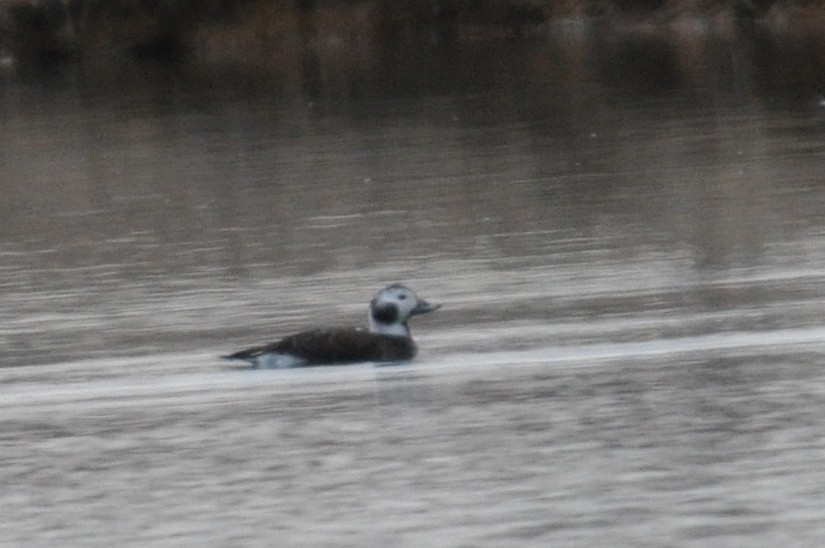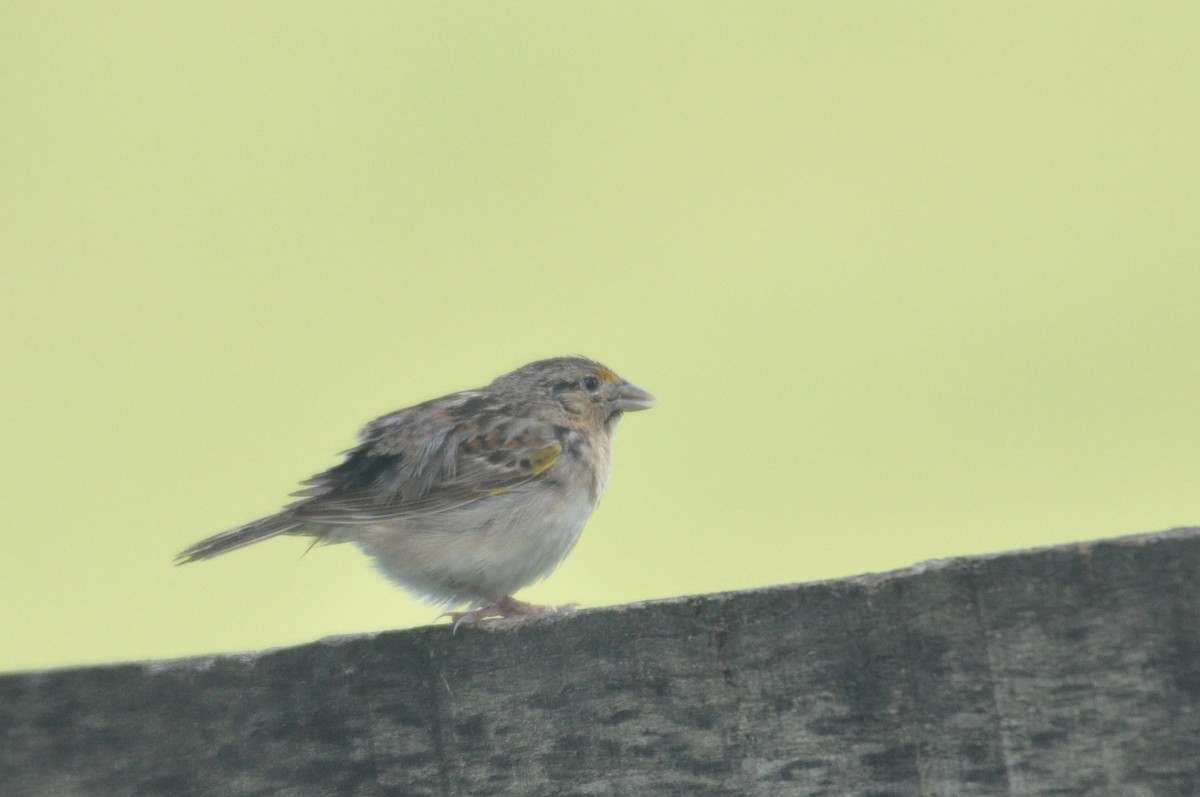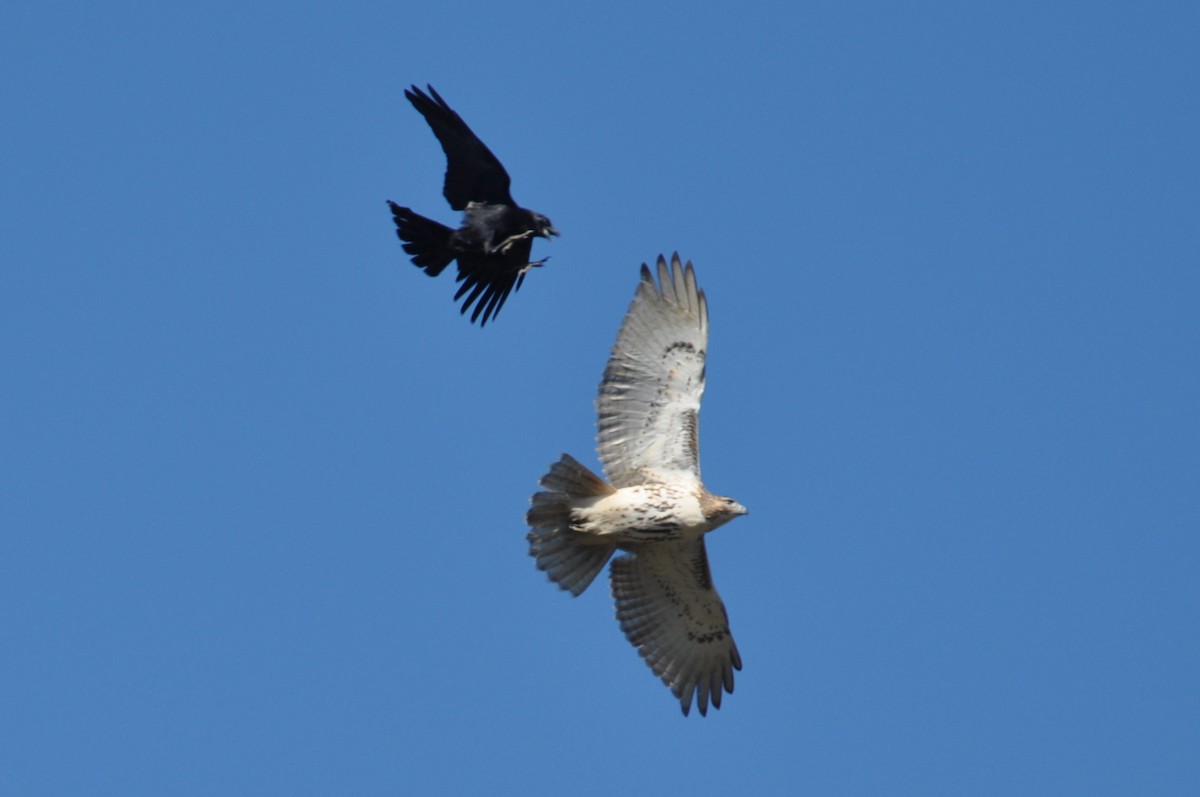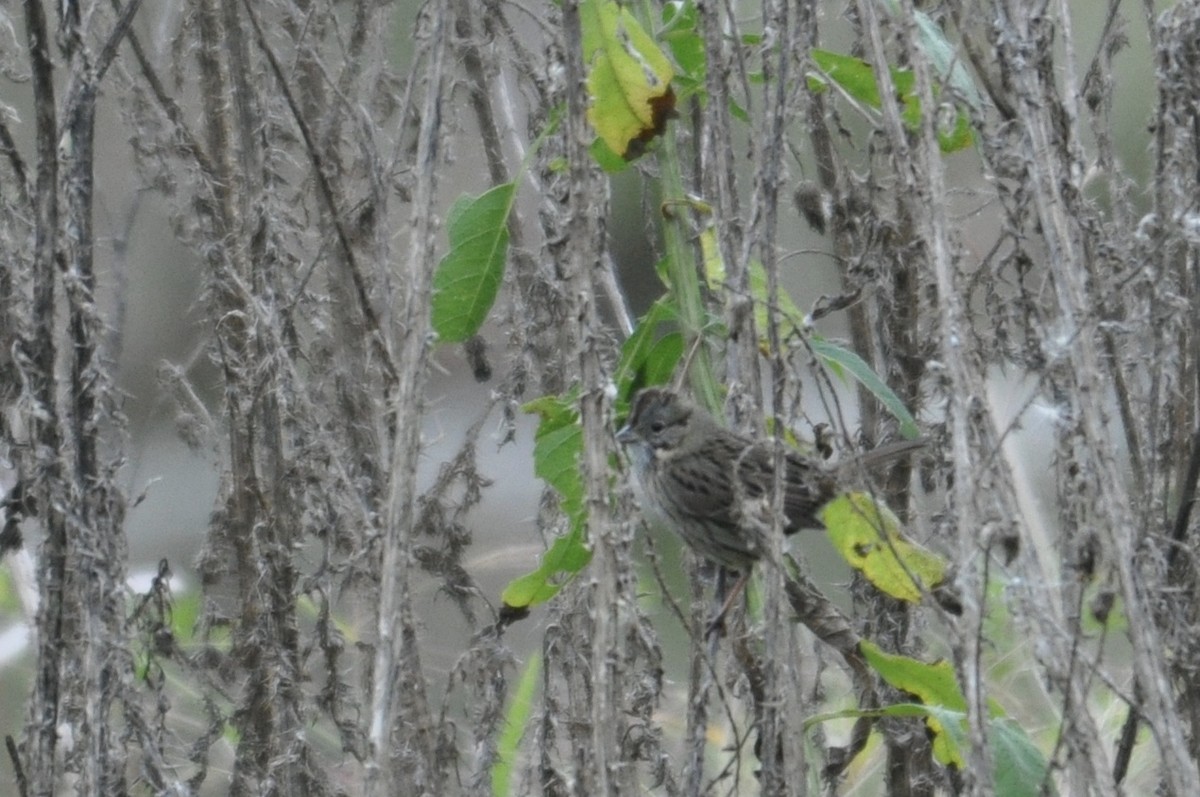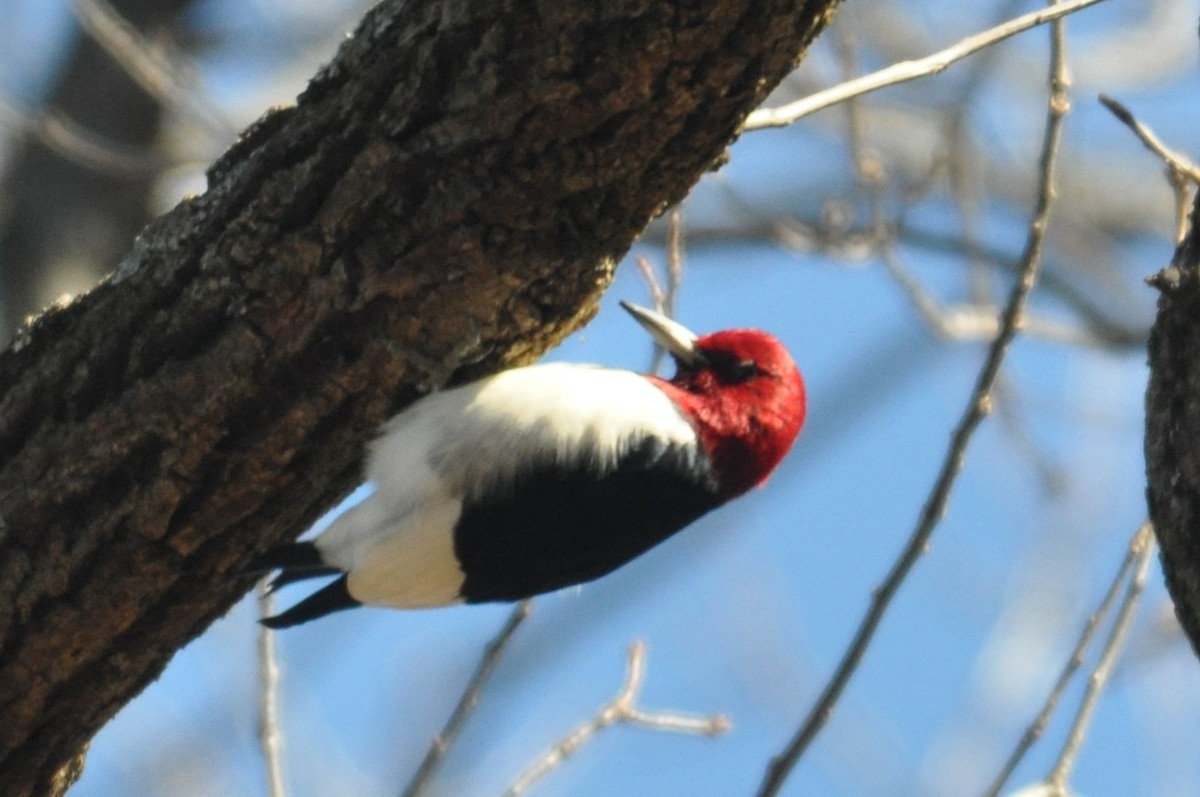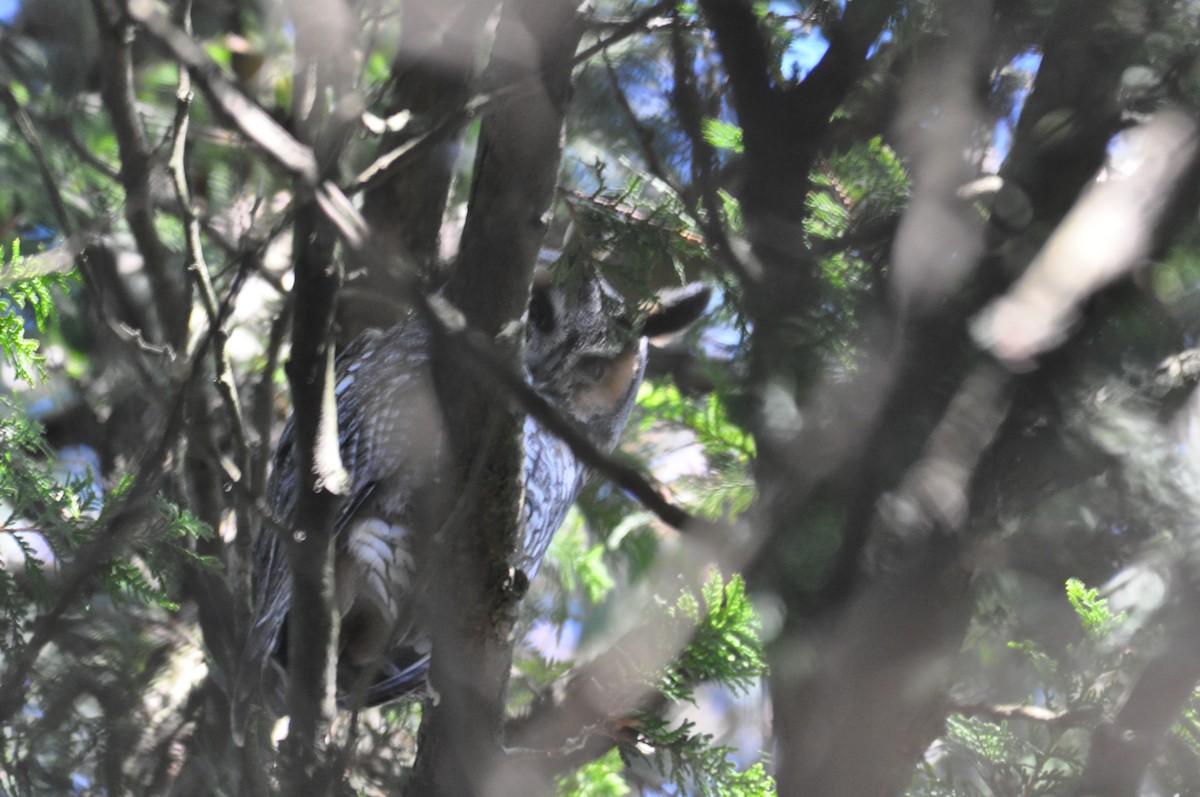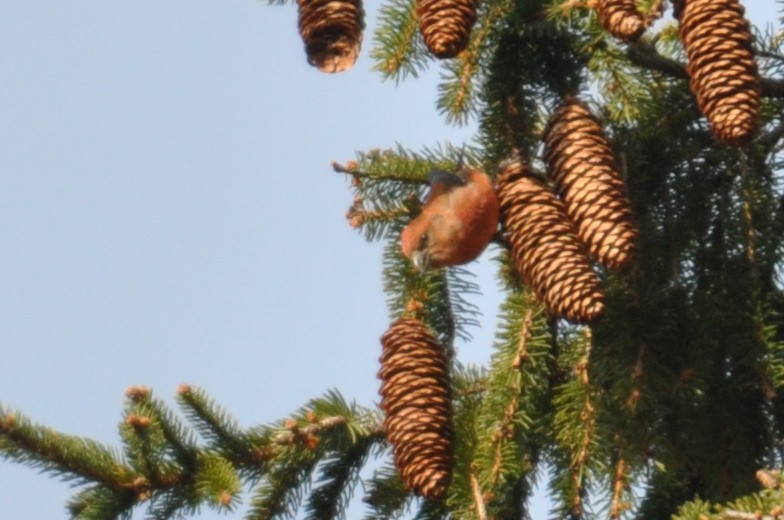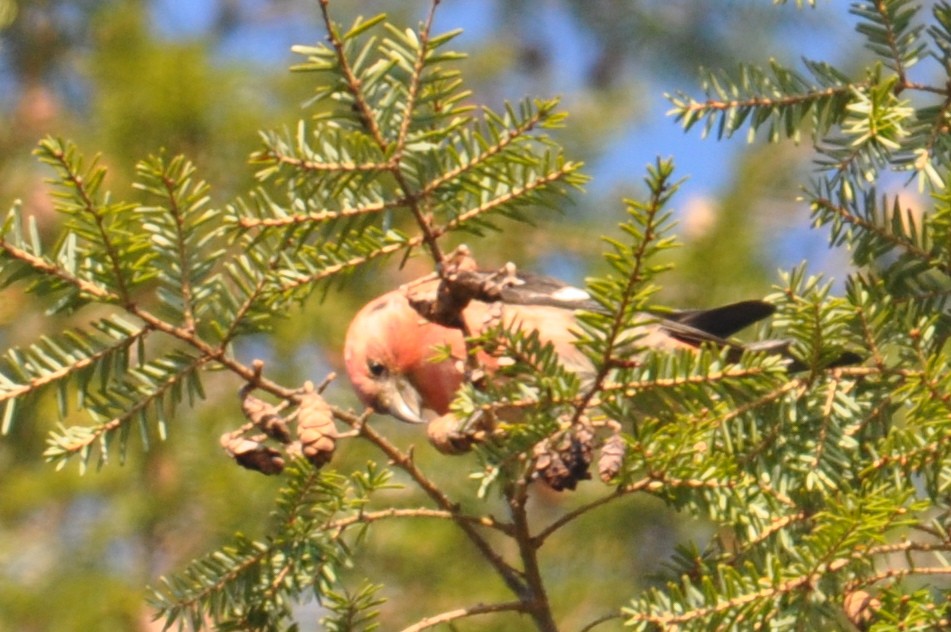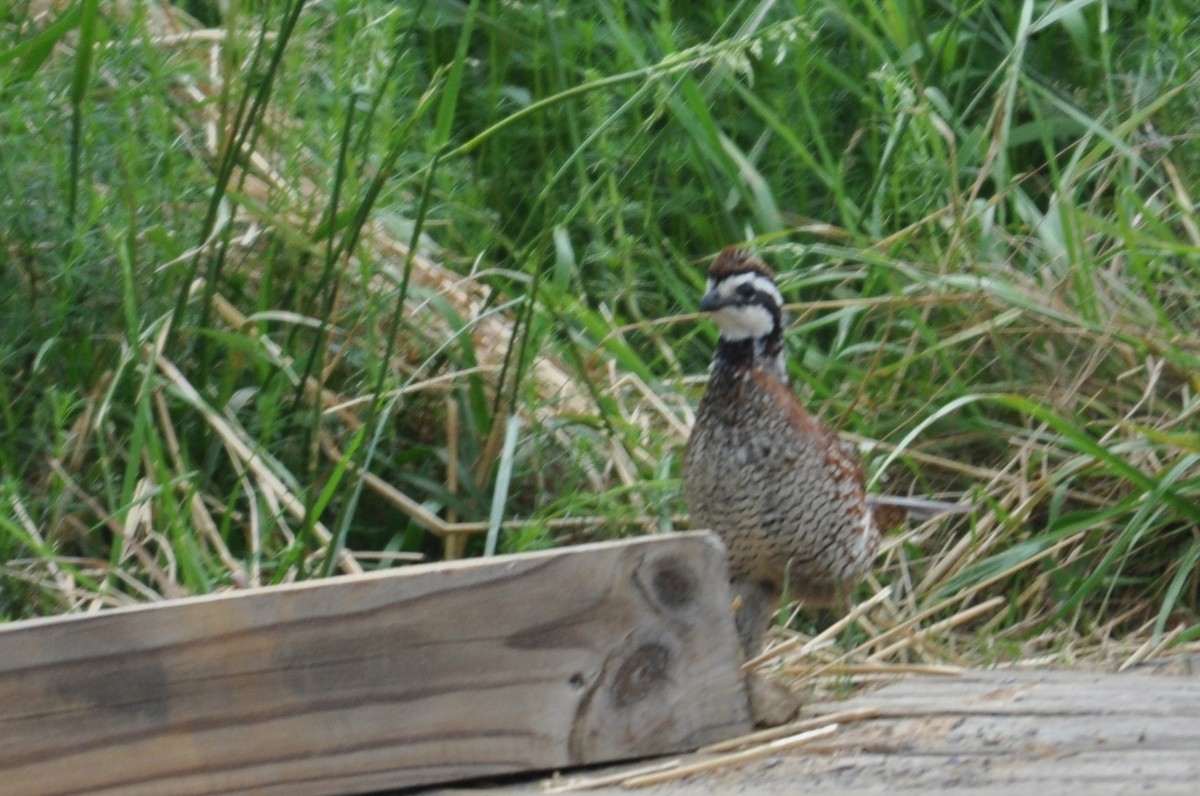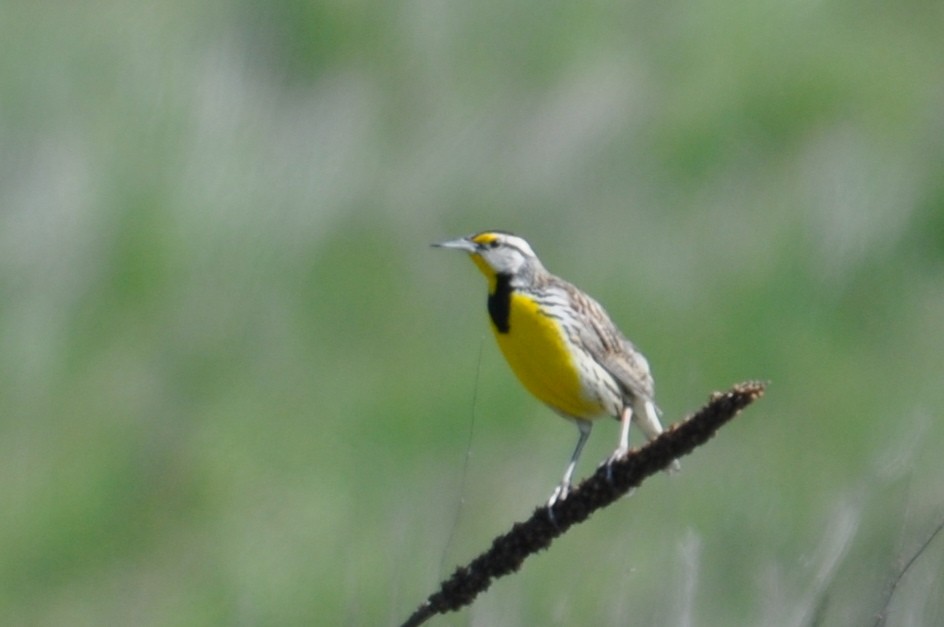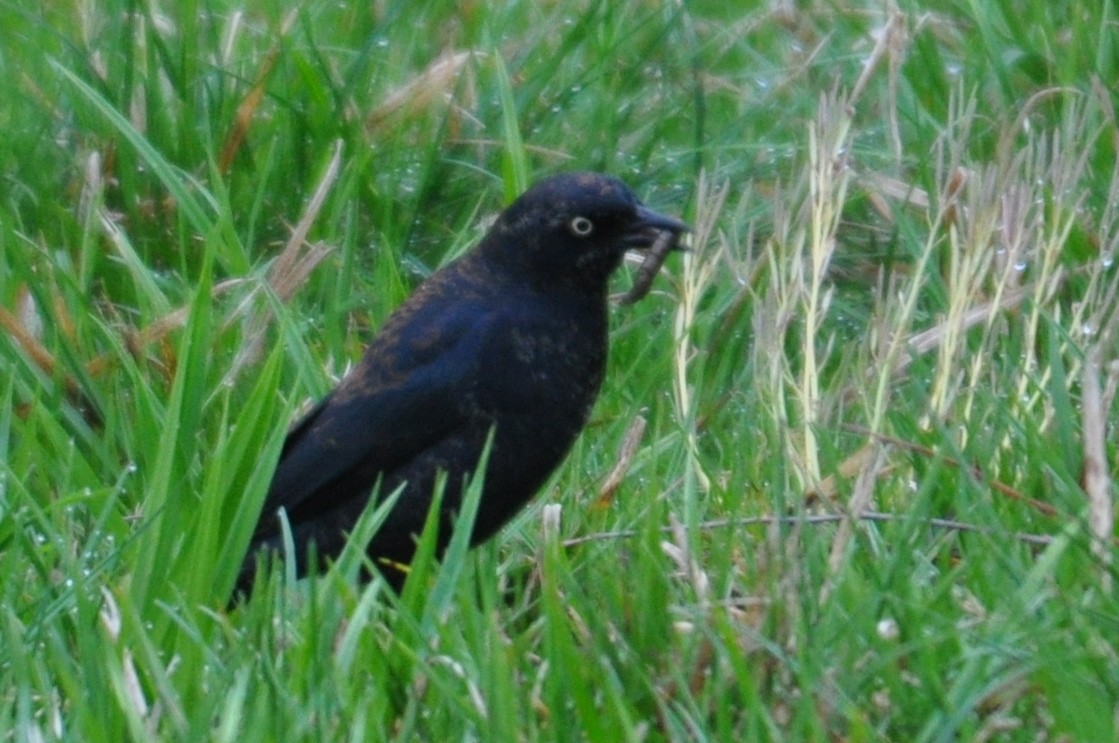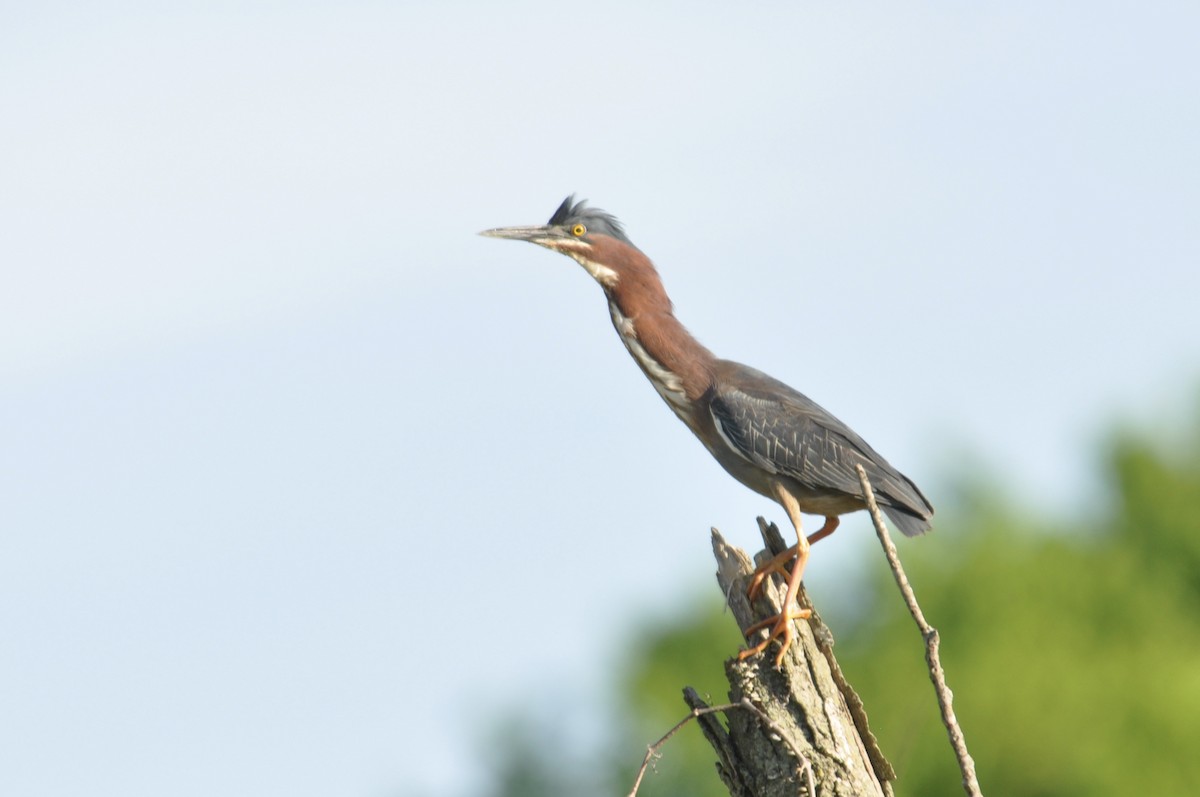The hawkwatch is conducted most weekends and some weekdays from September to November. Broad-winged Hawk migration peaks from about 16-24 September, with thousands of birds seen on easterly winds. There are usually folks at the site during those days. People typically gather along the southern edge of the parking lot, just east of the trailhead for Bear's Den (a popular hiking spot that links to the Appalachian Trail). Twelve of Virginia's 15 expected annual hawk species are seen during the hawkwatching season (Rough-legged Hawk is unexpected; Northern Goshawk is sometimes missed; and Mississippi Kite has never been recorded). Golden Eagles are possible on northwesterly winds in late October through November. Migrating Common Loons, Tundra Swans, and Double-crested Cormorants are often seen. Flights of Red-headed Woodpeckers, Cedar Waxwings, Yellow-shafted Flickers, Blue Jays, and hummingbirds are regular in fall. It can be worthwhile to explore the trail to Bear's Den from the parking area, where migrant songbirds can be found in spring and fall, with Kentucky and Hooded Warblers breeding in the area. Notable autumn sightings over the years include: several Swainson's Hawks, Sandhill Crane, Red-throated Loon, Common Goldeneye, Great Black-backed Gull, American Golden-Plover, Red Crossbill, White-winged Crossbill, Evening Grosbeak, Olive-sided Flycatcher, and Yellow-bellied Flycatcher.
Worth noting is that Snickers Gap straddles the county line between Clarke and Loudoun. The majority of the parking area is in Clarke, nearly all species observed will be seen in Clarke. However, many observed birds can also be seen in Loudoun County as well.
Accessibility: Located at the commuter parking lot owned by VDOT on the south side of Route 7 at the intersection with VA 601 at Snickers Gap, just west of the Clarke/Loudoun County line.
Owner/Manager: Virginia Department of Transportation, Hawk Migration Association of North America
eBird Hotspot: Snickers Gap Hawk Watch
—Todd Day, James Fox

